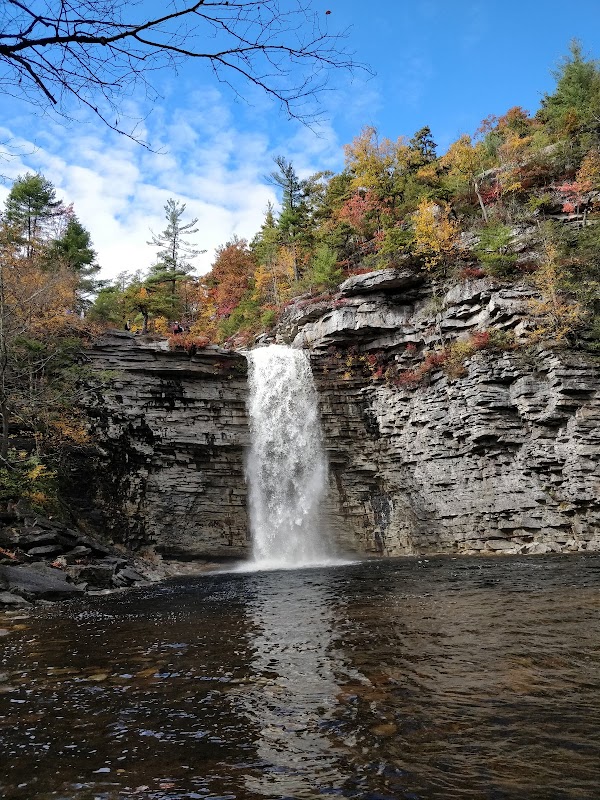
Exploring the Massapequa Preserve: Practical Nature Walks in Long Island's Green Heart
Massapequa Preserve offers accessible trails through diverse wetlands and woodlands in Long Island, perfect for hikers who appreciate nature’s subtle challenges. This guide covers what to expect on the paths, how to prepare, and why the preserve’s quiet energy rewards those willing to slow down and observe.
Choose Footwear with Grip
Trails include leaf-covered and sometimes muddy areas that can be slippery. Trail shoes or boots with good traction are essential to maintain stability.
Start Early to Avoid Insects
Mosquitoes increase especially in summer afternoons. Early morning walks provide cooler temperatures and fewer bugs, improving comfort.
Bring Water and a Trail Map
Though walks are moderate in length, hydration matters. Cell coverage is patchy; carrying a physical or downloaded map prevents navigational mistakes.
Respect Wildlife Space
Animals like turtles and birds are common along the routes. Observe quietly without disturbing habitats or provoking animals.
Exploring the Massapequa Preserve: Practical Nature Walks in Long Island's Green Heart
Massapequa Preserve offers a refreshing escape in southern Long Island, New York, where natural forces unfold quietly but insistently. Covering 432 acres, this protected area is a mosaic of dense woodlands, wetlands, and freshwater ponds—all inviting walkers to engage directly with the landscape. Trails here range from easy loops around the brackish ponds to longer walks crossing gently rolling terrain. Expect forest floors carpeted in rustling leaves and frogs daring you closer from beneath cattails lining the waterways.
Distance options vary, with some nature loops spanning roughly 1.5 to 3 miles. Elevation gains are modest—mostly gentle inclines—but the uneven, sometimes damp forest paths require steady footing. Avoid slick or muddy conditions by wearing sturdy trail shoes with enough grip for leaf-strewn surfaces and occasional muddy patches.
The preserve follows the natural rhythms of the seasons—spring floods coax wildflowers and migrating birds, while fall coats the hardwood canopy with gold and crimson. Wildlife isn’t just observed here, it feels active: turtles slide through the shallows while rabbits skitter alongside trails, all quietly pushing you to move deliberately, mindful of their space. A practical hike through Massapequa Preserve leans on preparation—bring water and a map, and avoid midday heat in summer when some insects get decidedly bold.
Visitors often start their walk at the Cranberry Trail parking area, a central access point that hooks into several connecting loops. The South Loop Trail offers a moderate challenge, around 2.6 miles, winding past Long Creek Pond where dragonflies patrol with keen wings. For a shorter excursion, the Cedar Swamp Trail presents a 1.5-mile path bordered by towering red maples and thick undergrowth. Both trails maintain an informal wilderness feel, yet are defined enough to prevent losing your way.
Massapequa Preserve is less about conquering terrain and more an exercise in attentive movement; it asks hikers to read the signals of wind through branches, the quick splash of a fish startled by your presence, the clatter of dry leaves in a squirrel’s leap. Here the environment is fiercely itself, not easily subdued but inviting respect and curiosity.
Planning tips: start early in the day to catch cooler temperatures and better wildlife activity. Dress in layers—forest shade and open wetland spots alternate frequently—and bring insect repellent. Since cell signal is spotty in parts, download trail maps or grab a printed version from the visitor center. Massapequa Preserve turns practical hiking into a quietly intense exchange between walker and woods, ideal for everyone from casual explorers to keen naturalists looking for Long Island’s greener side.
Nearby Trips
All Adventures
Boat Charters
Water Activities
Adventures near Massapequa, New York
Discover the unique and memorable adventures that make Massapequa, New York special.
Frequently Asked Questions
Are dogs allowed on the trails in Massapequa Preserve?
Yes, dogs are permitted but must be kept on a leash at all times to protect wildlife and maintain trail safety. Be sure to bring waste bags to clean up.
Is there an entry fee to access Massapequa Preserve?
No, the preserve is free to access year-round. Parking is available at designated lots without charge.
What types of wildlife might I see on a typical walk?
Common sightings include turtles basking near water, great blue herons, various songbirds, and occasionally white-tailed deer, particularly in quieter sections.
Are the trails wheelchair or stroller accessible?
Most trails have natural and uneven surfaces with some elevation changes, making them challenging for wheelchairs and strollers. However, some short paved sections near parking areas may be suitable.
Is it safe to swim or fish in the ponds?
Swimming is not allowed, and fishing requires specific permits from local authorities. The ponds are best enjoyed from the shore.
What is the best way to navigate the trails?
Download a detailed preserve map before visiting or pick one up at the visitor center. Trails are marked but can become confusing where loops intersect.
Recommended Gear
Trail Shoes or Boots
Provides grip and support for uneven, sometimes slick forest paths.
Hydration Pack or Water Bottle
Necessary to stay hydrated, especially during warm months or longer walks.
Layered Clothing
Adjusts to shifting temperatures and shelters against wind or sun within varied terrain.
Insect Repellent
Reduces chances of bites during peak mosquito and biting insect seasons.
Local Insights
Hidden Gems
- "A quiet overlook near Long Creek Pond where herons hunt at dawn"
- "The old historic cranberry bog area, now a wetland restoration site"
- "Cedar Swamp’s dense thickets that harbor elusive salamanders"
- "Early morning dew-covered spider webs in the meadow sections"
Wildlife
- "Painted turtles sunning on logs"
- "Great blue herons and wood ducks in the marshes"
- "White-tailed deer in the less frequented trails"
- "Eastern box turtles hidden in leaf litter"
History
"The preserve traces its origins to cranberry farming in the 19th century, with former bogs now restored to wetland habitats that support rich biodiversity."
